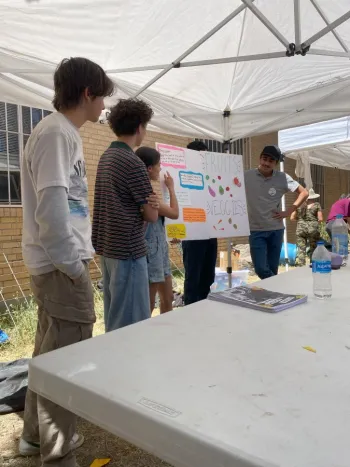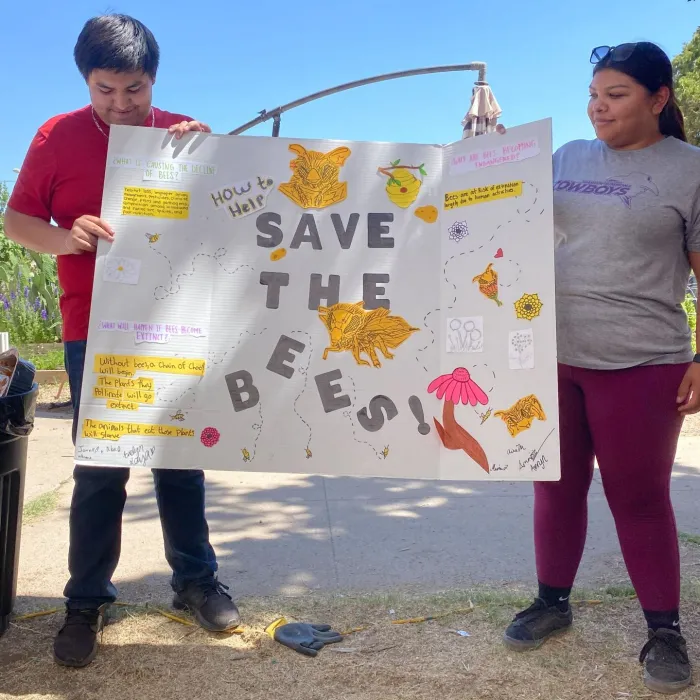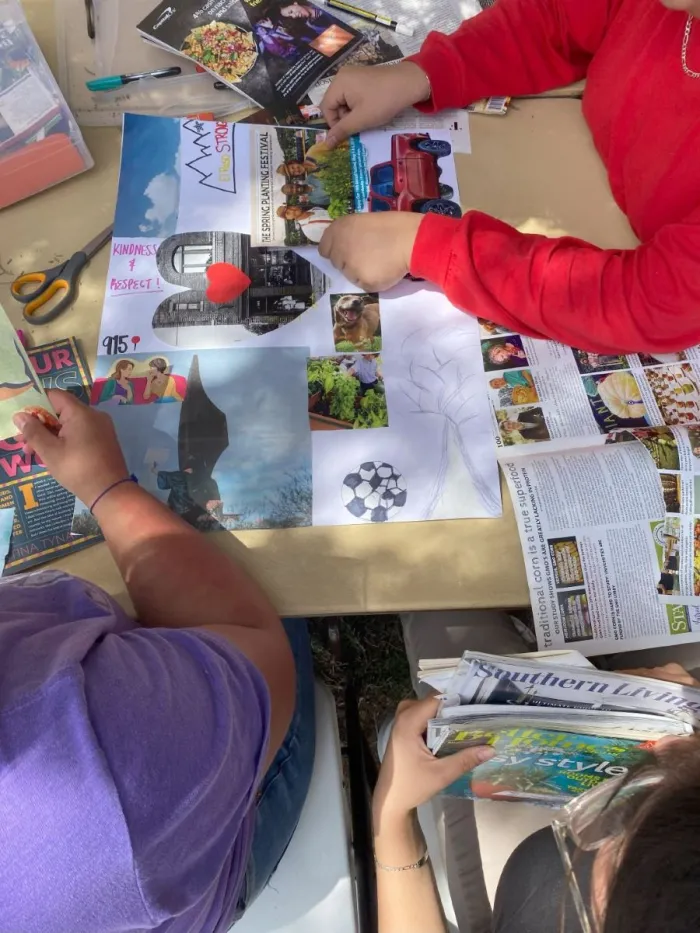
Place-based strategies for food access and economic development
For many Powerbuilding Partners, place is more than geography—it is art, culture, infrastructure, momentum and more. These organizations build programs, systems, and policy movements that are deeply rooted in their communities, addressing local needs with local knowledge, in local spaces.

The place-based work and connection to cultural roots, food, and art are acknowledged deeply by community members involved with La Semilla Food Center, as highlighted beautifully by an organizational blog post authored by Michael E. Carreon, Food Justice Storyteller. Carreon writes: “We are continuously learning about our roles within a local and global agroecology movement and how to practice agroecological approaches within our desert and border context [...]. Our cultural practices are also informed by this desert climate and seasonal changes. As weather shifts over seasons here in the desert and we witness changes in the land and crops, we make note of the shifts we are making ourselves and listen intentionally to what these changes may tell us.”
Alina Rayas, Joy in Justice Facilitator, at La Semilla Food Center shared a special reflection with us on how hosting events on-site ground the work and empower their community members to understand policy change as it related to the local culture, starting with where it is seeded: the land.
We had one of our sessions on the farm at La Semilla. We'd go around and collect plants, collect materials and thinking about rooting ourselves in art making, and the importance that making art has as a strategy and as an organizing tool to build community and to build relationships again to ourselves, to the land, to our community.
– Alina Rayas, Joy in Justice Facilitator, La Semilla Food Center


"Environmental restoration is all about justice and equity."
In the Lower Ninth Ward of New Orleans in Louisiana, Sankofa Community Development Corporation (Sankofa CDC) is combating cross-cutting structural and social inequities by restoring and inviting neighbors into a local Wetland Park. The Wetland Park plays an essential role in place-based powerbuilding by ensuring equitable community access to nutritious foods, as well as in driving local economies to ultimately address social determinants of health via their root causes. These important strengths of place-based work are exemplified through the Lower Ninth Wetland Park, from its inception to the impact felt by its community. Michelle Wilkerson, Executive Affairs and Special Projects Officer, tells their story:
"The idea for the Wetland Park started from our CEO Rashida Ferdinand's front porch conversations with a few residents, one in particular, Mr. Steve Ringo, who had grown up in the neighborhood and was really studied in economic development, neighborhood development – [he] knew that the space where the park was could be an economic driver for the community."
"Decades ago, […] the land where the park sits was always swampland where people raised pigs, grew vegetables, fished, and went crabbing. It was this really fertile land where people were able to support their families off of what they were producing on the land. And after a couple of decades of neglect and storm kind of tearing apart that space, it became blighted. And so Mr. Ringo and Rashida talked about this idea to turn it into a beautiful park and create a bioretention pond that would hold the stormwater runoff, plant trees that would help cool the surface temps."
"Environmental restoration is all about justice and equity. The Lower Ninth is on the front lines of climate impact. We are approaching the 20th anniversary of Hurricane Katrina. Where eyes around the world were on not only New Orleans and the Gulf Coast, but specifically areas like the Lower Ninth Ward that were [the] hardest hit. And the park represents a model for how communities can use green infrastructure to build resilience against climate change and its impacts. When you talk about powerbuilding, it gives communities the power to be able to face the next storm. It gives them that decision-making ability in building these green infrastructure projects in their community that are going to help withstand the negative impacts of climate change."
Our partners at Co-op Dayton understand that convening local partners and community members means much more than providing physical space: it means bringing food systems leaders together, fostering feelings of safety and vulnerability, and an understanding of how to trust and tap into local momentum for long-term change:
[T]he uniqueness [in bringing community first responders together at locally owned spaces] is really centering the community and the development of a food system. Having a co-op already, I think it's a different place to start off as a first responder knowing that something has already been made by the community, and then just [figuring out] how you either enhance it, or what kind of pieces do you add that could be complementary to it. It gives people a different starting point. ... I think what makes it unique is putting wind and capacity behind community driven experiments and decisions.
- amaha sellessie, Co-Founder, Co-op Dayton
Community first responders: The 'wind and capacity'
In summary
Whether cultivating land, restoring historic neighborhood greenways, or fostering spaces for healing, the work of our Powerbuilding Partners undoubtedly shows us that meaningful change happens close to home.

